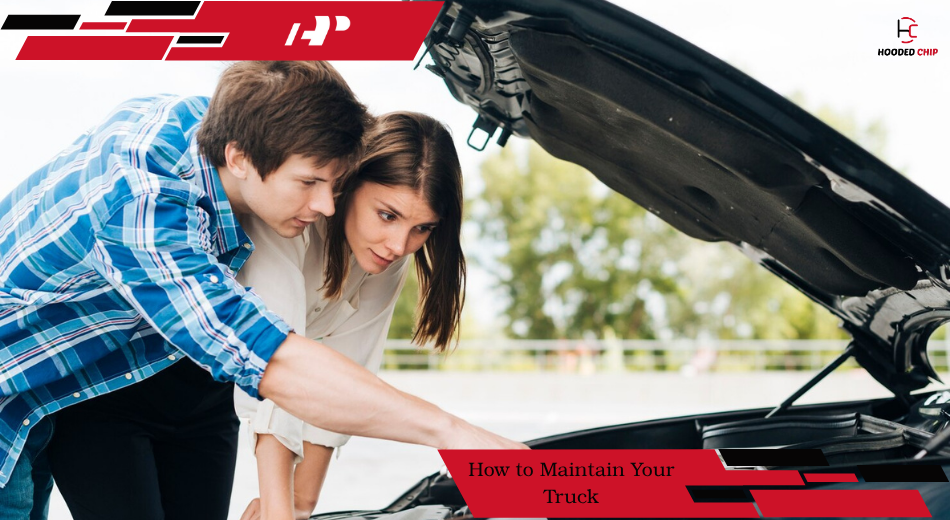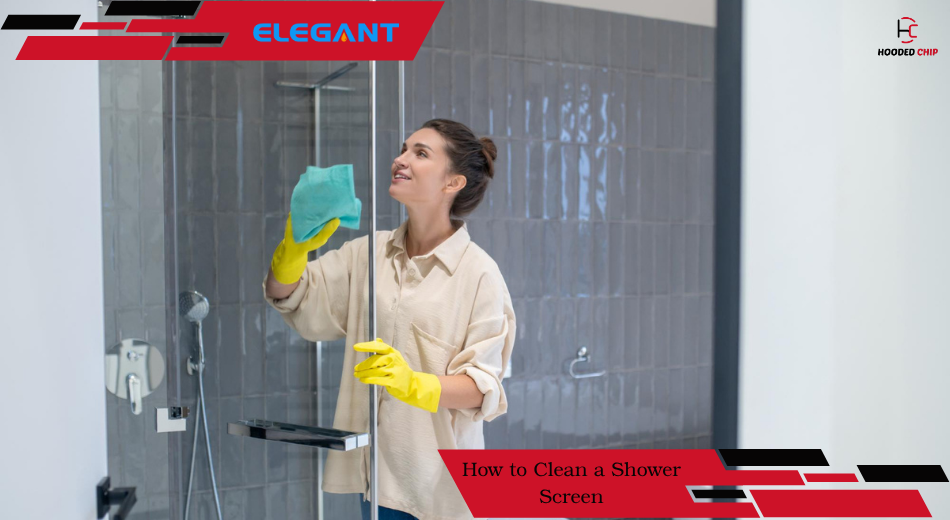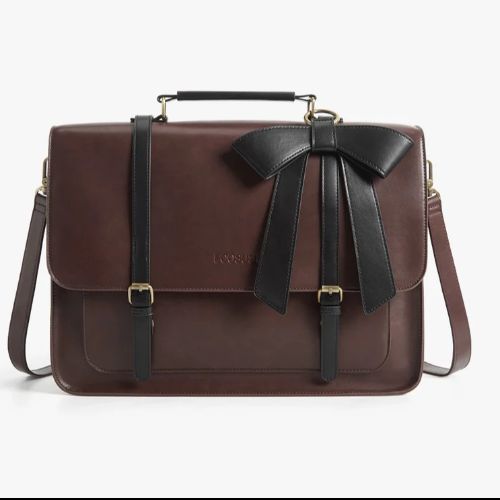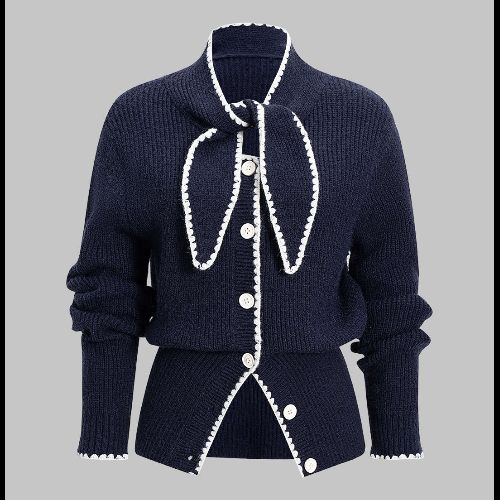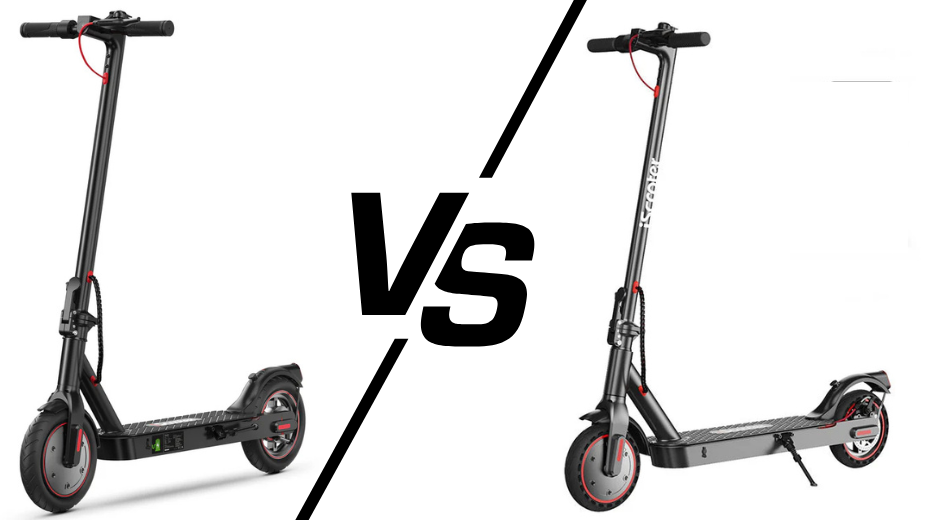A Beginner’s Guide to Thriving Plants from Seeds
-
December 14 , 2025
-
38

Starting a garden from seeds is a rewarding and cost-effective way to grow your favorite plants. Unlike buying seedlings, growing from seeds gives you more variety, full control over the growing process, and a deeper connection to your garden.
Botanical Interests makes it even easier with high-quality, non-GMO seeds and detailed instructions right on the packet. Whether you’re planting flowers, herbs, or vegetables, they guide you from start to finish.
Why Grow from Seeds?
Growing from seeds is cheaper than buying plants and offers access to unique and heirloom varieties. It also helps you learn more about your plants and lets you grow them without chemicals or pesticides.
Choosing the Right Seeds
Pick seeds that suit your local climate, soil type, and sunlight. Check your USDA Hardiness Zone, test your soil, and observe your garden’s sun exposure to make the best choices.
Read the Seed Packet
Seed packets include important details:
-
Germination time: How long seeds take to sprout
-
Planting depth: How deep to sow them
-
Spacing: How far apart to plant for healthy growth
Indoor vs. Outdoor Planting
Start seeds indoors for long-season plants like tomatoes and peppers. Sow directly outdoors for fast growers like carrots and beans. Indoors gives you more control; outdoor sowing is simpler and more natural.
Create the Right Environment
Seeds need:
-
Warmth (65–75°F)
-
Moisture (keep soil damp, not soaked)
-
Light (12–16 hours daily—use grow lights if needed)
Avoid Common Mistakes
-
Don’t overwater or plant too deep
-
Always harden off seedlings before transplanting
-
Watch for pests early and protect young plants
Trust Botanical Interests
Botanical Interests offers more than just seeds. Their packets are like mini-guides, and their website provides gardening tips, planting calendars, and more for beginners and pros alike.
With the right seeds and care, your garden will thrive. Watch tiny seeds grow into beautiful, healthy plants and enjoy the satisfaction of starting from scratch.
Learn how to start a thriving garden from seeds with this beginner`s guide. Find tips on seed selection, germination, and care from Botanical Interests.
Can I write you?
Sign up to get my weekly newsletter.



